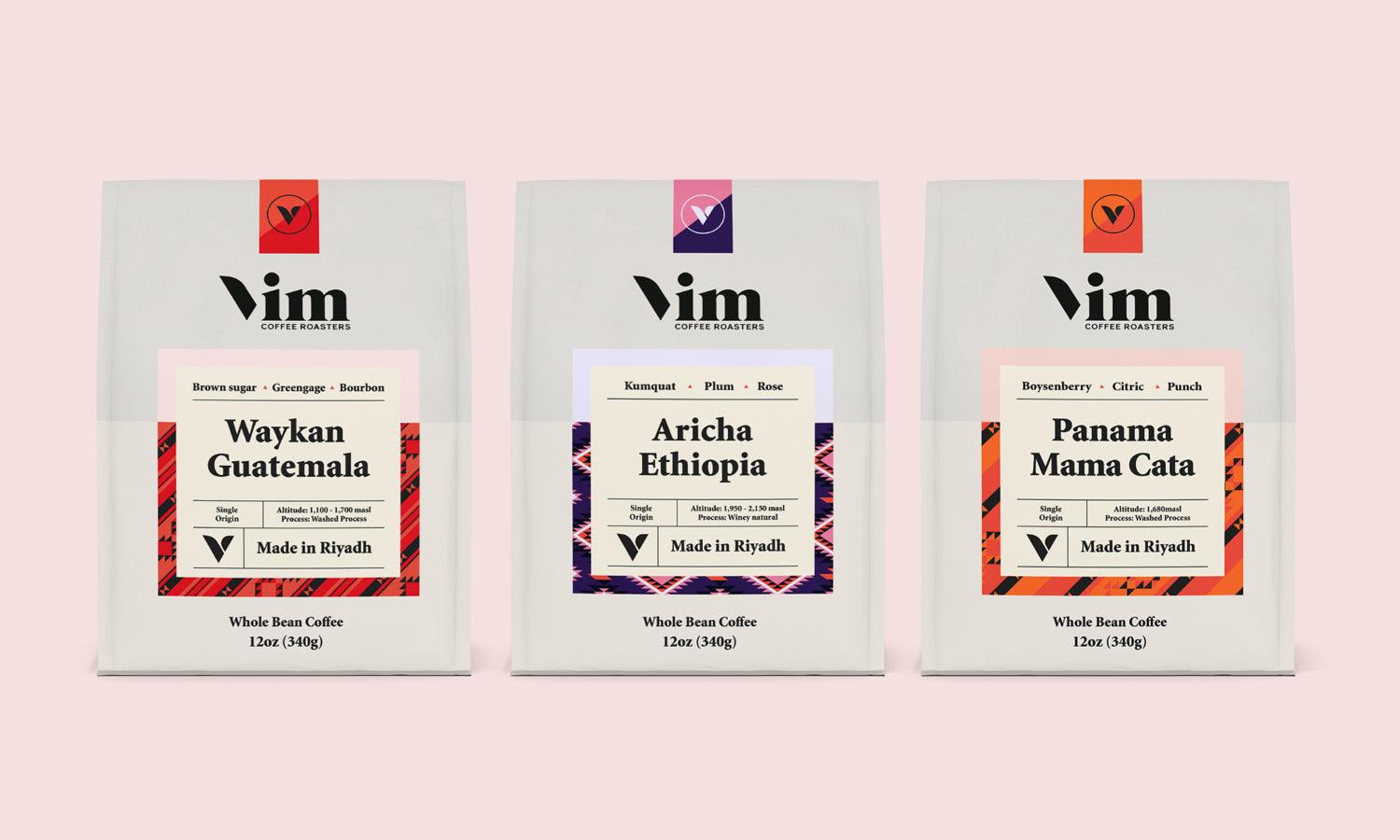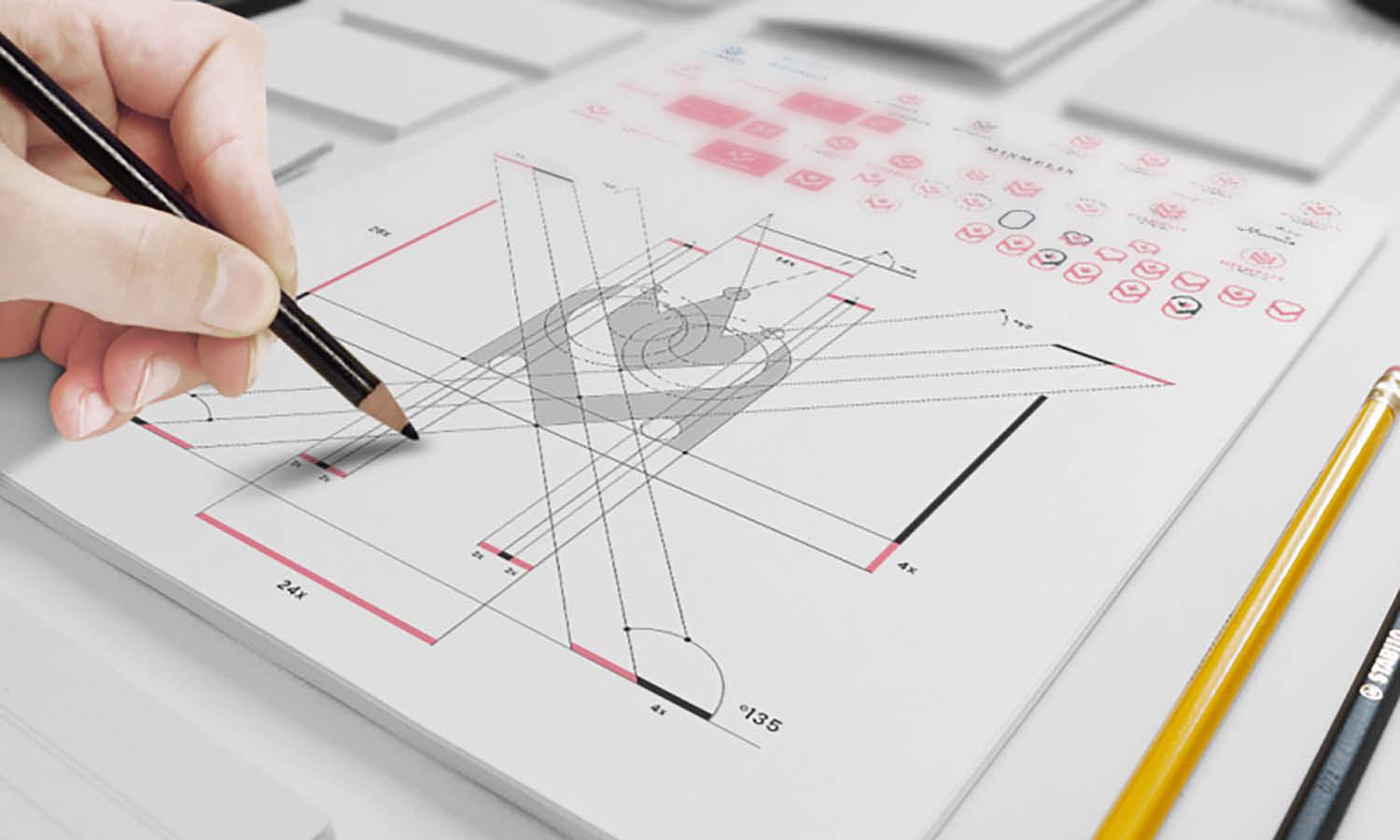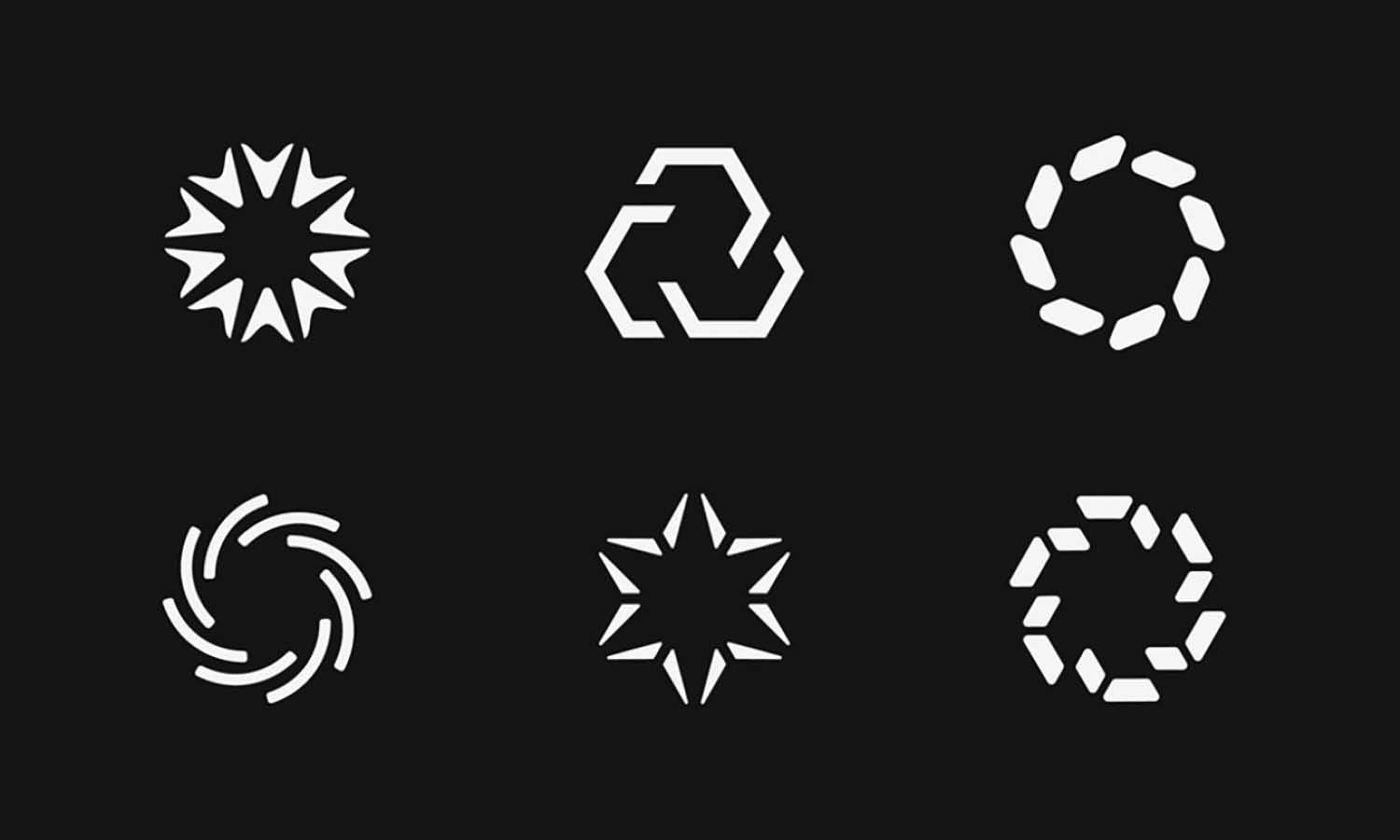Accessible Website Navigation: Comprehensive Guide

Source: Vooban, https://vooban.com/en
Navigating a website should be a seamless experience for all users, regardless of their abilities or the devices they use. Effective website navigation is the cornerstone of good user experience, ensuring that visitors can find the information they need without confusion or frustration. This guide delves into the principles of accessible website navigation, highlighting the importance of clear, intuitive design choices that cater to a diverse audience.
Accessibility in website navigation is not just about compliance with legal standards; it's about creating an inclusive digital space that welcomes everyone. From organizing content logically to implementing features that support assistive technologies, every aspect of website navigation plays a crucial role in how users interact with a site. By understanding and applying the principles of accessible design, web developers and designers can ensure that their websites are not only functional but also universally accommodating.
In this comprehensive guide, we will explore various techniques and best practices that can help improve the accessibility of your website navigation, providing a better browsing experience for all users. Whether you are building a website from scratch or looking to enhance an existing site, these insights will prove invaluable.
Prioritizing Clarity in Menu Structures
Clear and intuitive menu structures are a critical element of effective website navigation. They guide visitors through your site's content, allowing for a smoother user experience. A well-organized menu can significantly enhance the usability of a website, ensuring that information is easy to find and logically arranged.
When designing menu structures, consider the hierarchy of information from a user's perspective. Main categories should be immediately visible, with subcategories logically nested underneath. This not only simplifies the navigation process but also helps in maintaining the attention of the visitor by reducing cognitive load.
Utilize descriptive labels that directly communicate the content behind them. Ambiguous labels can lead to user frustration, increasing the likelihood of exit before achieving their intent. Consistency is key—ensure that terminology and format remain uniform throughout the website.
Finally, the visual design of menu structures should align with the overall design language of the website. Adequate spacing, readable fonts, and contrasting colors will enhance the clarity and accessibility of the navigation menu, ensuring that all users can navigate your site with ease.
The Role of Responsive Design in Navigation
Responsive design is essential in modern website navigation, as it ensures that a website is accessible and navigable on any device, from desktops to smartphones. This adaptability enhances user experience by providing a consistent interface across different screen sizes and orientations.
A responsive navigation menu adjusts seamlessly to various devices, ensuring that elements such as links, buttons, and dropdowns are usable regardless of how the user accesses the site. For smaller screens, traditional horizontal menus might transform into hamburger menus, which condense the navigation into a single icon that expands when tapped. This not only saves space but also maintains the usability of the navigation elements.
The key to responsive design in navigation lies in prioritizing accessibility and ease of use. Touch targets should be large enough to be tapped easily on a touchscreen device, and dropdowns should be easily expandable without requiring precise cursor control, which can be challenging on mobile devices.
Additionally, consider the visual design elements such as font size, spacing, and button sizes. These should adapt to the screen size to ensure readability and clickability. Implementing media queries in CSS allows for the adjustment of styles according to the device’s capabilities and dimensions.
Implementing Accessible Drop-Down Menus
Drop-down menus are a staple in efficient website navigation, offering a way to organize complex sets of information under broader categories. However, ensuring these menus are accessible is crucial for providing an inclusive user experience. Here are key practices to follow:
Firstly, ensure that all drop-down menus can be both navigated and operated with a keyboard alone. This includes being able to expand and collapse menus without the use of a mouse. Keyboard focus should be visibly clear when tabbing through menu items, which aids those using assistive technologies.
Secondly, consider the timing of how menus open and close. Menus that open on hover need a delay before disappearing, giving users adequate time to make a selection. Alternatively, requiring a click to open and close can be a clearer, more accessible interaction.
Accessibility can also be enhanced by using proper ARIA (Accessible Rich Internet Applications) attributes. Tags such as aria-haspopup and aria-expanded inform screen reader users of the behavior of the menu, improving the navigational experience.
Finally, ensure that all text within the drop-down is legible, with sufficient contrast against the background. Larger font sizes and clear, concise labels can help prevent confusion and enhance readability.

Source: Virgin, https://www.virgin.com/about-virgin/latest/this-is-what-it-will-look-like-to-travel-with-virgin-hyperloop
Designing for Keyboard Navigation
Designing for keyboard navigation is an essential aspect of accessible website navigation. This practice ensures that users who rely on keyboards for navigating the web can use your site effectively, without reliance on a mouse.
To implement keyboard-friendly navigation, start by ensuring that all interactive elements can be accessed using the Tab key. This includes links, buttons, form inputs, and embedded media. Each element should be reachable in a logical tab order that matches the visual layout of the page.
Visual indicators are crucial for keyboard navigation. As users tab through your site, it's important to have a distinct focus style for active elements. This could be a change in color, an outline, or an underlining of links. These cues help indicate which element is currently selectable.
Skip links are an excellent addition to web pages, allowing users to bypass repetitive content and navigate directly to the main content areas. These links should be made visible when they receive focus to inform users of their functionality.
Moreover, ensure that modal windows, menus, and other dynamic content can be navigated with arrow keys and that they trap keyboard focus within the content until it is closed. This prevents the keyboard focus from slipping to elements in the background, which can be disorienting and inaccessible.
Utilizing ARIA Labels and Roles
Accessible Rich Internet Applications (ARIA) labels and roles are crucial tools in enhancing website navigation, especially for users with disabilities. These features help to communicate the roles, states, and properties of UI components to assistive technologies like screen readers. Proper implementation of ARIA roles and labels ensures that the functionality and purpose of your web content are clearly defined.
When designing website navigation, use ARIA roles to identify standard navigation elements. For instance, the role="navigation" should be used on elements containing primary navigation links, whereas role="menu" can be designated for dropdowns within the site. These roles inform assistive technologies about the type of content, helping users to understand how to interact with them.
ARIA labels play a pivotal role in providing additional information about links and buttons. aria-label is used where a visual text label is not present, giving screen readers a context that is otherwise visible to sighted users. For example, a button with only an icon should have an aria-label that describes its function, like "Close" or “Menu".
Additionally, dynamic content changes, such as expanded or collapsed dropdown menus, can be made accessible using aria-expanded to indicate the state of the component.
Implementing ARIA correctly ensures that all users, regardless of their browsing technology, can navigate your site effectively. By enhancing the semantic value of web components, ARIA makes the digital world more accessible.
Optimizing Navigation for Screen Readers
Optimizing website navigation for screen readers is an essential practice in accessible web design. This process involves structuring your website's navigation elements in a way that can be easily interpreted and navigated by users relying on assistive technologies. A well-optimized navigation allows screen reader users to navigate through pages efficiently, enhancing their overall browsing experience.
To optimize navigation, start by structuring HTML to follow logical sequencing; use proper heading tags (H1 through H6) to convey the hierarchy of information and tag navigation bars correctly using <nav> elements. This semantic HTML is inherently understood by screen readers, making the content more navigable.
Link text should be descriptive to provide clear guidance on where the link will take the user. Avoid vague descriptions like "click here," opting instead for precise phrases that indicate the link's destination or function. Additionally, ensuring that all interactive elements are focusable and visible when focused is crucial for users who navigate by keyboard.
Another key aspect is managing focus for dynamic content, such as menus that appear or hide. When new content appears, such as a dropdown menu, the focus should be directed appropriately, usually to the first interactive item in the new content.
Screen reader users also benefit from skip links, which allow them to bypass repetitive content and access key information directly. These links should be the first focusable elements on the page and made visible when focused.
The Importance of Consistent Navigation Patterns
Consistency in navigation patterns is a cornerstone of effective website navigation. It ensures that users can confidently explore your site without encountering unexpected or confusing elements. A predictable and uniform structure across all pages allows visitors to focus on their goals rather than deciphering how to navigate your site.
To establish consistency, maintain uniform placement and design of navigation elements throughout the website. For example, keep the main navigation menu in the same position on all pages, whether it’s a horizontal menu at the top or a vertical sidebar. This familiarity helps users quickly locate the tools they need.
Standardize the visual design of navigation links, buttons, and menus. Use consistent fonts, colors, and hover effects to provide a cohesive look and feel. Additionally, ensure that interactive elements behave the same way across the site—for instance, dropdown menus should open and close uniformly.
Labeling is another critical aspect. Use clear and consistent terminology for links and menu items. Avoid renaming categories or sections on different pages, as this can lead to confusion.

Source: Fleava, https://fleava.com
Integrating Search Functionality Effectively
Integrating an effective search function into your website navigation is essential for helping users quickly locate specific content. For websites with extensive or complex content, a search bar serves as a powerful tool to streamline navigation and improve user experience.
The search bar should be prominently displayed, typically in the header or near the primary navigation menu, where users can easily find it. Its design should align with the site’s overall visual style while remaining distinctly visible. A magnifying glass icon is widely recognized and can act as an intuitive visual cue for the search feature.
Ensure the search function provides relevant and accurate results by implementing intelligent algorithms and indexing. Features like autocomplete or predictive suggestions can guide users to their desired content more efficiently. Similarly, typo tolerance in the search functionality ensures that minor spelling errors do not prevent users from finding what they need.
Accessibility is critical when designing search functionality. The search bar should be keyboard-focusable and labeled using ARIA attributes to ensure compatibility with assistive technologies. Additionally, the search results page should be well-organized, using clear headings and categories to enhance usability.
For an added layer of convenience, consider enabling filters or sorting options within the search results. This allows users to refine their queries and locate information faster.
Leveraging Breadcrumbs for Enhanced Usability
Breadcrumbs are a valuable tool in website navigation, providing users with a clear and concise way to understand their location within a site’s hierarchy. By displaying a trail of links that reflect the path from the homepage to the current page, breadcrumbs enhance usability and simplify navigation for all users.
A primary benefit of breadcrumbs is their ability to reduce cognitive load. Visitors can quickly identify their position in the site’s structure and retrace their steps without needing to rely on the browser's back button. This is particularly helpful on websites with deep hierarchies or extensive content, where finding a way back to a previous section could otherwise be challenging.
When designing breadcrumbs, place them at the top of the page, just below the main navigation. Use clear, descriptive labels for each link in the breadcrumb trail to ensure users understand what each level represents. Separators, such as slashes or arrows, can visually distinguish between levels in the hierarchy.
Breadcrumbs should be clickable and interactive, allowing users to jump directly to any prior level of the site. Ensure they are accessible by using semantic HTML and ARIA attributes, so screen readers and assistive technologies can interpret them correctly.
By incorporating breadcrumbs into your website navigation, you improve user experience by offering an intuitive and efficient way to explore your content. They are an essential feature for guiding visitors and making your site more user-friendly.
Using Icons in Navigation
Icons are a powerful visual tool in website navigation, offering users a quick and intuitive way to identify functions or categories. When used effectively, icons enhance usability by complementing text labels and improving the overall design aesthetic of your website.
The key to using icons in navigation is clarity. Each icon should represent its purpose unmistakably, avoiding ambiguity that might confuse users. Familiar and universally recognized icons, such as a magnifying glass for search or a house for the homepage, are ideal for creating intuitive navigation. Custom-designed icons can add uniqueness to your site but should be tested for user understanding.
Icons should always be paired with descriptive text labels to ensure accessibility. While icons alone may seem sufficient, they can be misinterpreted, especially by users with cognitive disabilities or those unfamiliar with certain designs. Text labels provide context, bridging potential gaps in understanding.
Size and spacing are critical considerations. Icons must be large enough to tap or click comfortably, particularly on touch devices, while maintaining adequate spacing to prevent accidental interactions. Consistent styling across all icons contributes to a cohesive design and reinforces the user’s sense of familiarity.
Conclusion
Effective website navigation is the backbone of a seamless user experience, guiding visitors to their desired destinations with ease and efficiency. By prioritizing accessibility, clarity, and consistency, you can create a navigation system that accommodates diverse user needs and enhances usability. Elements such as intuitive menus, accessible drop-downs, responsive design, and well-structured search functionality work together to ensure that every user can engage with your site effectively. As digital spaces continue to evolve, thoughtful navigation design remains essential in fostering inclusivity and ensuring that your website is both functional and user-friendly for all visitors.
Let Us Know What You Think!
Every information you read here are written and curated by Kreafolk's team, carefully pieced together with our creative community in mind. Did you enjoy our contents? Leave a comment below and share your thoughts. Cheers to more creative articles and inspirations!
















Leave a Comment